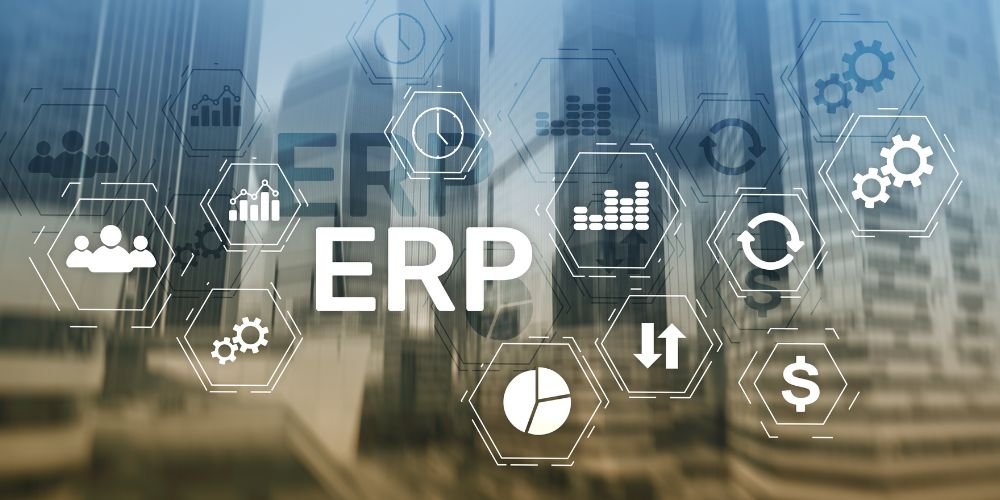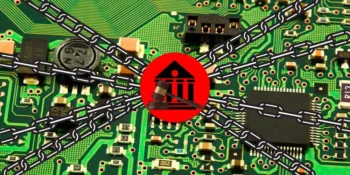Implementing an Enterprise Resource Planning (ERP) system can be a transformative decision for organizations in the ever-evolving business operations. The successful procurement and integration of an ERP system are essential to streamlining processes, enhancing data visibility, and driving overall efficiency. This article is a comprehensive guide offering insights and strategies to procure and integrate Enterprise Resource Planning systems into your organization effectively.
Understanding the Significance of Enterprise Resource Planning Systems
Before delving into the procurement process, it’s crucial to grasp the significance of ERP systems. Enterprise Resource Planning integrates various business processes and functions into a unified system, providing a centralized data repository and facilitating seamless communication across departments. The benefits include improved efficiency, enhanced decision-making, and the ability to adapt to changing business needs.
Conduct a Comprehensive Business Needs Assessment
Initiate the Enterprise Resource Planning journey by assessing your organization’s business needs thoroughly. Identify pain points, bottlenecks, and areas where streamlined processes could lead to significant improvements. Understanding your unique requirements forms the foundation for selecting the most suitable ERP solution.
Define Clear Objectives for Enterprise Resource Planning Implementation
Establish clear objectives for implementing an Enterprise Resource Planning system. Whether it’s streamlining inventory management, improving order fulfillment, or enhancing financial reporting, defining specific goals guides the selection and customization of the ERP system to align with your organization’s strategic priorities.
Engage Stakeholders in the Decision-Making Process
Key stakeholders from various departments are included in the decision-making process. Engage representatives from finance, operations, IT, and other relevant areas to ensure that the chosen ERP system meets the diverse needs of the entire organization. Stakeholder input is crucial for gaining buy-in and fostering a collaborative approach.
Strategic Procurement of Enterprise Resource Planning Systems
Effective Enterprise Resource Planning system procurement involves strategic planning and a well-defined selection process.
Establish a Cross-Functional Procurement Team
Form a cross-functional procurement team with representatives from IT, finance, operations, and other relevant departments. This team will conduct market research, evaluate potential vendors, and select the ERP solution that best aligns with organizational needs.
Conduct Thorough Market Research
Before selecting an ERP vendor, conduct thorough market research to identify potential solutions. Consider factors such as vendor reputation, industry expertise, scalability, and the ability to meet specific business requirements. Leverage online reviews, vendor demonstrations, and industry reports to inform your decision.
Evaluate Vendor Demonstrations and References
Request vendor demonstrations to assess the usability and functionality of ERP solutions. Additionally, seek references from organizations like yours that successfully implement the ERP system. Learning from the experiences of other users provides valuable insights into the system’s real-world performance.
Customization and Integration Strategies
Customizing and integrating the Enterprise Resource Planning system with existing processes is critical to maximizing its effectiveness.
Assess the Need for Customization
Evaluate the need for customization based on your organization’s unique requirements. While Enterprise Resource Planning systems offer standard modules, customization may be necessary to ensure a perfect fit. Clearly define customization needs and assess the flexibility of the chosen ERP solution.
Plan for Data Migration and Integration
Develop a comprehensive plan for data migration and integration with existing systems. Identify data sources, determine data mapping requirements, and establish protocols for maintaining data accuracy during migration. Seamless integration with existing applications is crucial for a cohesive and efficient operational environment.
Invest in Employee Training and Change Management
Employee training is a key component of successful ERP implementation. Invest in training programs to ensure users are proficient in utilizing the new system. Implement change management strategies to ease the transition, address resistance, and foster a positive mindset toward the ERP system among employees.
Implementation and Testing Protocols
Smooth implementation and rigorous testing are essential for a successful Enterprise Resource Planning integration.
Develop a Phased Implementation Plan
Create a phased implementation plan to roll out the ERP system gradually. Start with core functionalities and progressively introduce additional modules. A phased approach minimizes disruption and allows continuous refinement based on user feedback and system performance.
Conduct Rigorous Testing at Each Phase
Rigorous testing is crucial at each phase of implementation. Test the ERP system for functionality, performance, and data accuracy. Address any issues promptly to ensure a stable and reliable system. User acceptance testing (UAT) involving end-users validates that the ERP system meets their operational needs.
Establish Key Performance Indicators (KPIs)
Define Key Performance Indicators (KPIs) to measure the success of ERP implementation. These indicators include improved process efficiency, reduced error rates, and enhanced data accuracy. Regularly monitor and evaluate KPIs to assess the ongoing impact of the ERP system on organizational performance.
Ongoing Support and Optimization
Post-implementation, providing ongoing support, and optimizing the enterprise Resource planning system is critical for sustained success.
Establish a Support Structure
Establish a robust support structure, including helpdesk services and access to vendor support. A responsive support system addresses user queries, troubleshoots issues, and ensures that the ERP system always remains operational.
Implement Continuous Improvement Processes
Continuously assess the performance of the ERP system and identify areas for improvement. Implement processes for regular updates, patches, and system optimizations. Staying abreast of new features and functionalities provided by the ERP vendor allows your organization to leverage the latest advancements.
Gather User Feedback and Iterate
Encourage end-user feedback and use this input to iterate on the ERP system. Address user concerns, identify areas for enhancement, and collaborate with the ERP vendor to implement updates that align with evolving business needs. User satisfaction is crucial for long-term ERP success.
Conclusion
Procuring and integrating an Enterprise Resource Planning system requires a strategic and comprehensive approach. Organizations can maximize the benefits of ERP systems by conducting a thorough business needs assessment, defining clear implementation objectives, engaging stakeholders, strategically procuring the Enterprise Resource Planning system, customizing and integrating existing processes, implementing and testing with precision, and providing ongoing support and optimization.
Enterprise Resource Planning is a software implementation and a strategic initiative transforming organizational processes and driving efficiency. Stay agile, stay collaborative, and let your ERP system catalyze organizational growth and operational excellence in the ever-evolving business landscape.










